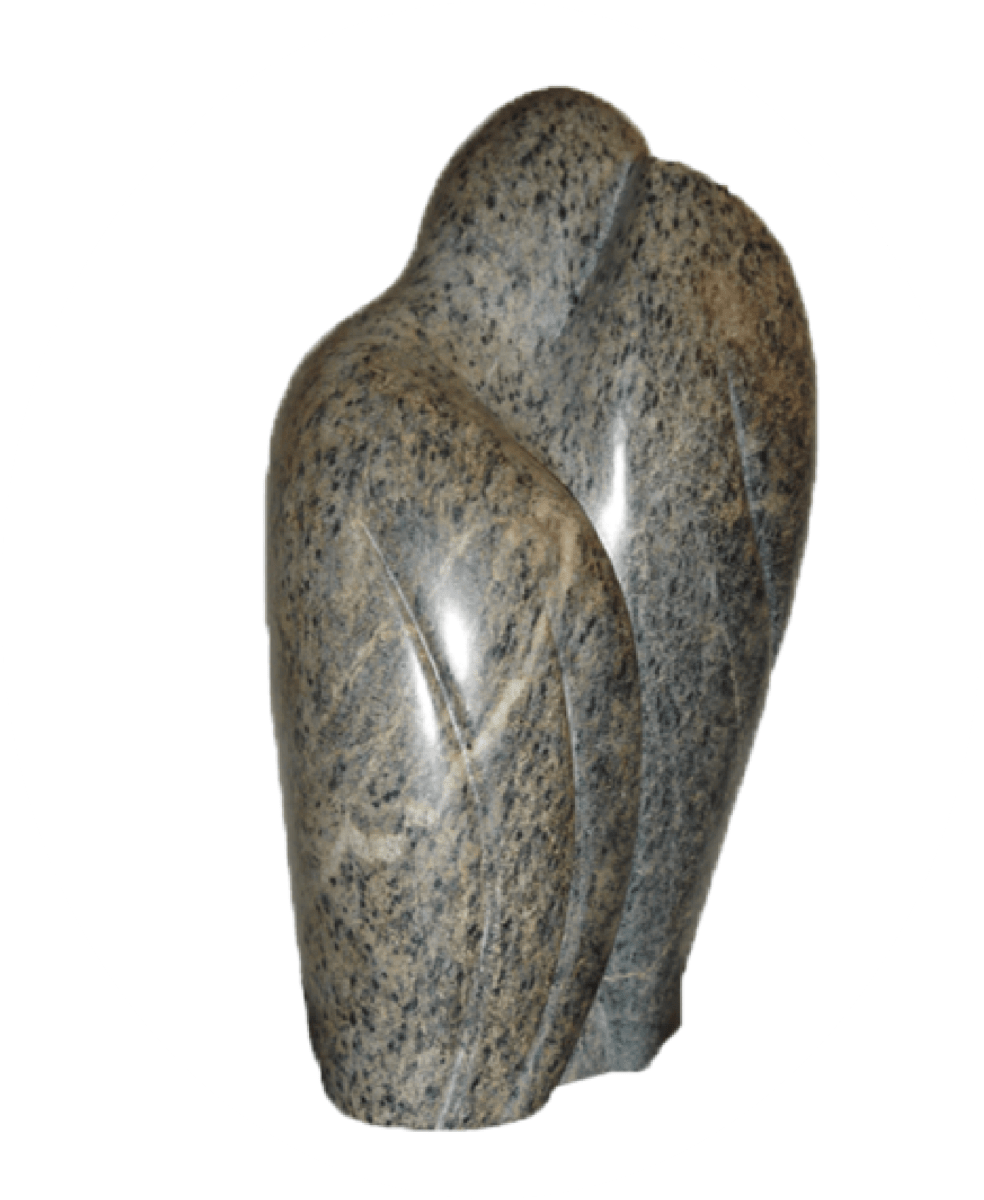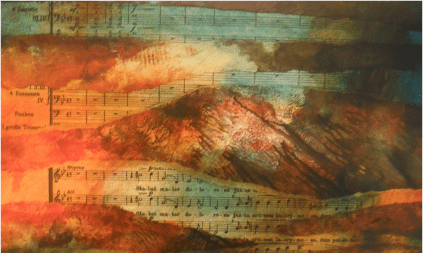Johann Joseph Fux
About the composer
Johann Joseph Fux (1660-1741) was born to a peasant family in Hirtenfeld, nearby Graz in Austria. Relatively little is known about his early life, but likely he went to Graz for music lessons.
In 1680 he was accepted at the Jesuit university there, where his musical talent became apparent. He was organist at St Moritz until 1688. By the 1690s he was in Vienna, and attracted the attention of Emperor Leopold I with some masses he composed.
In 1698, Leopold hired him as court composer. Fux served Leopold I until his death, and two more Habsburg emperors after that: Joseph I and Charles VI, both of them continued to employ him in high positions in the court.
In 1725 Fux published his Gradus ad Parnassum, a famous textbook from which most of the composers of the next generation learnt their counterpoint. Bach had a copy in his library. Haydn largely taught himself counterpoint by reading it and recommended it to the young Beethoven. Mozart had a copy of it that he annotated.
Some six years after the publication of the Gradus, Fux’s wife died, and from then on he seems to have devoted himself more to sacred music. He himself died in 1741, at the age of 81.
About the Stabat Mater
| Date: | unknown |
| Performers: | Soprano, Countertenor, Tenor, Bass, Choir and Orchstra |
| Length: | 13.46 minutes |
| Particulars: | Excellent music to listen to. |
| Textual variations: | The "Analecta"- version of the text is used. |
| Colour bar: |
|
Information about the recording
| CD: | CPO 999 919-2 Vienna 1700, Baroque Music from Austria |
| More info: | Fré Thissen pointed me to this Stabat Mater (unknown to me). |
| Orchestra: | Armonico Tributo Austria |
| Choir: | Domkantorei Graz, Grazer Choralschola |
| Conductor: | Lorenz Duftschmid |
| Soloists: | Mieke van der Sluis, soprano, Barbara Fink, soprano, Pascal Bertin, countertenor, Bernd Frölich, tenor, Wilfried Zelenka, bass |
| Other works: | J. J.Fux: Battalia; Te Deum K271; Litaniae Sancta Maria K121; Magnificat K98 |
| Code: | jan 2008 - FUX-01 (220) |





